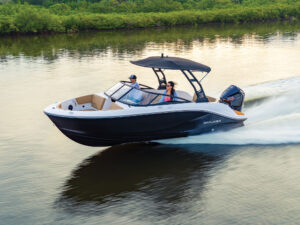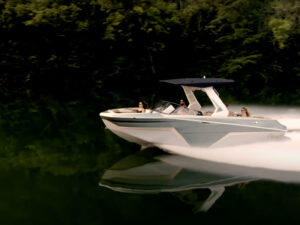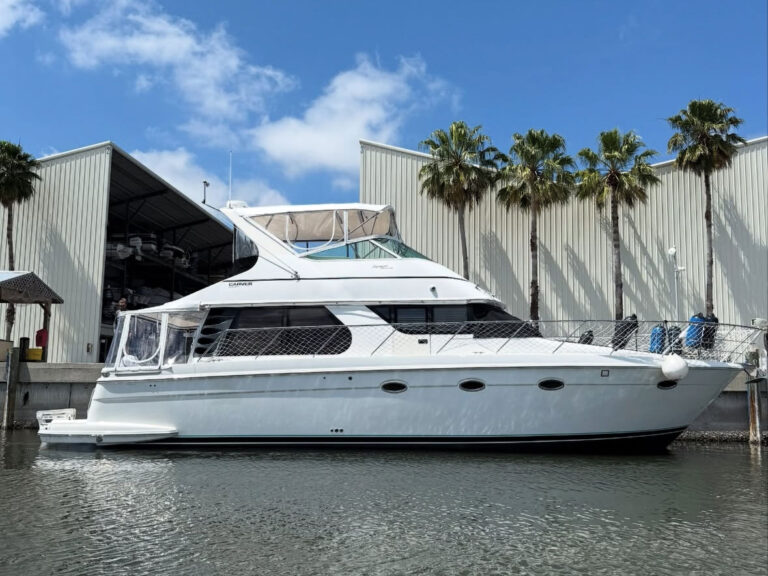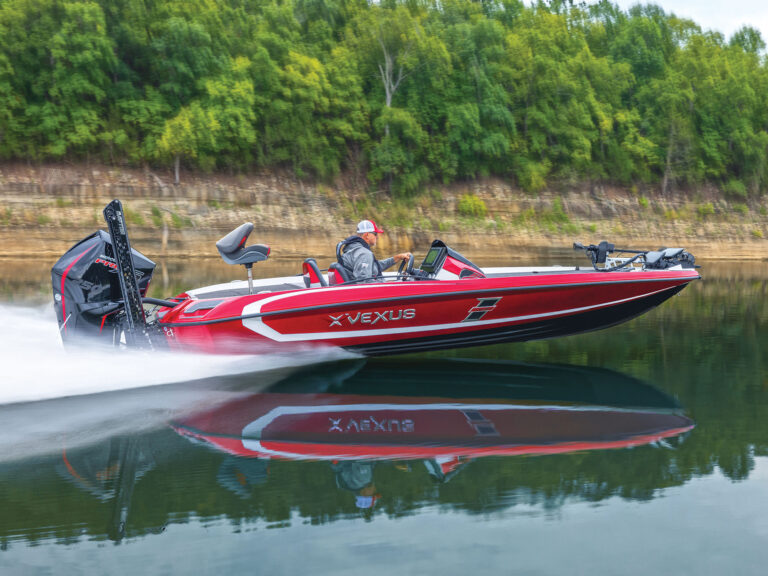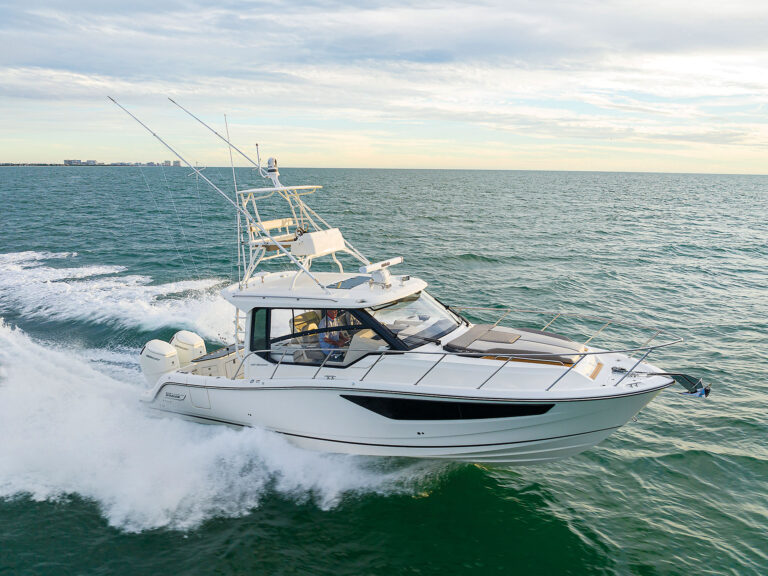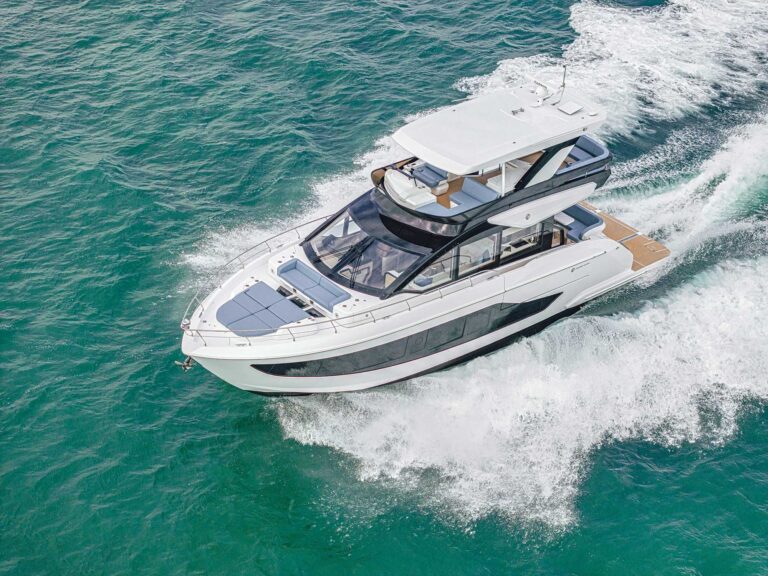Generators are so common we almost forget about them, except for having to fire them off and throw a switch. They seem as ubiquitous as the electricity in our homes. While generators are inherently safe, how they are installed can make them a danger to you and your crew. In concert with the experts at Westerbeke, we compiled these points to look for in a safe, rugged marine generator installation.
1. Bolted
Generators should be installed as robustly as a propulsion engine. Through-bolts beat lag screws, hands down. The use of threaded inserts into which machine screws are threaded or the use of tapped metal plates is acceptable.
2. Exhausted
Do not allow genset exhaust to share exhaust plumbing with propulsion engines. When the generator isn’t running, engine cooling water can backflood the genset, destroying it, and/or deadly fumes can escape and threaten your crew.
3. Wired
Wire-reinforced hose is best for a generator’s raw-water intake and exhaust. Such hose best resists crushing if submitted to the huge vacuum of a clogged intake.
4. Holed
I’ve tested far too many boats wherein the seawater intake valve for the generator is inaccessible. The valve needs to be accessible if the hose fails, to prevent sinking but also so you can clean the genny’s sea strainer of grass, sea life and debris.
5. Flooded
Check that the heights of the anti-siphon valve and the exhaust elbow are the specified distance above the waterline. Remember that a boat rolls and pitches, so these heights are the minimums. Most generator manufacturers post manuals with the specs on their websites.
Quick Tip
Ask the boat manufacturer or generator installer about the steps taken to minimize the hazard from deadly carbon monoxide.



